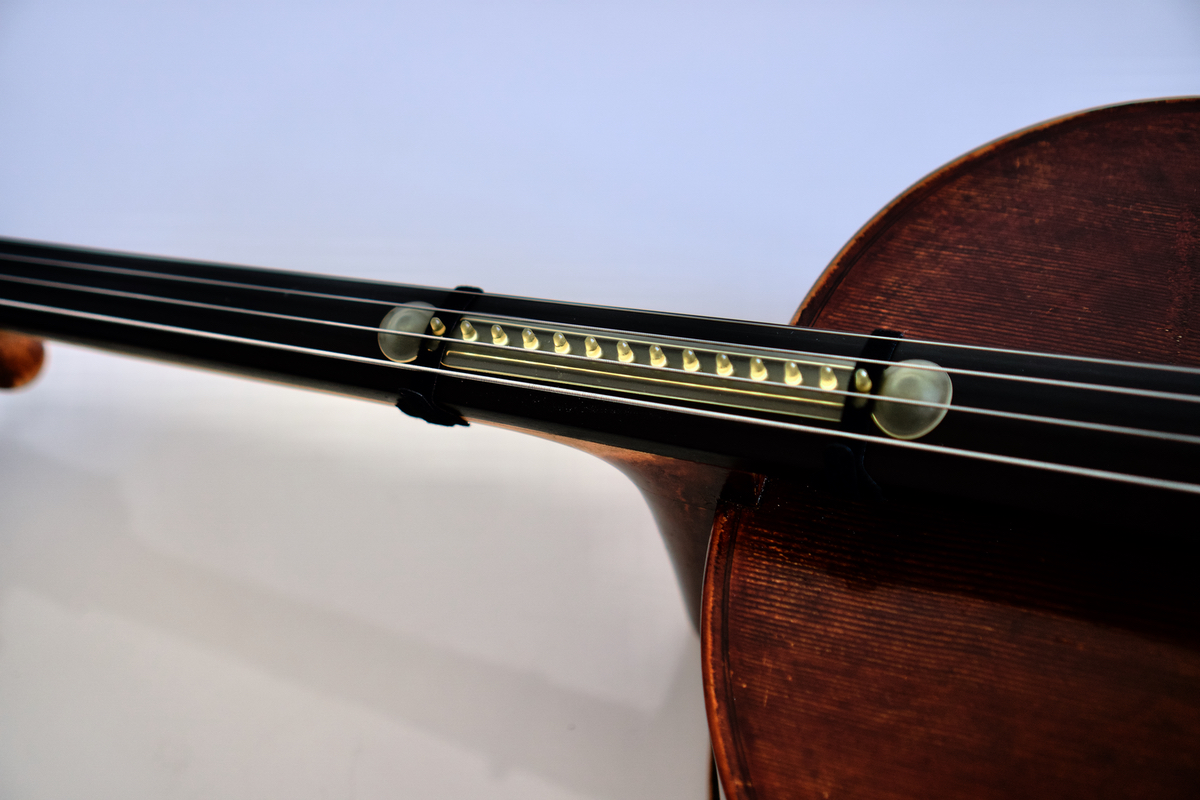Bad-Fingerboard-Day
Once in a while, when the attachment doesn't adhere on the fingerboard although you do everything the right way, we have these "Bad-Fingerboard-Days". It is both a curse and a blessing: curse, because we have the feeling you can no longer influence anything and blessing, because we can be lucky that the materials, both the instrument and the attachment, react to the environment. So, there is no reason to despair: either you check the humidity or you use the provided solution.
The Solution

The solution is an alternative fastening option with small velcro strips. They are included in the scope of delivery. The strips are an additional stabilisation. The >>Video<< shows how to easily thread the strips through the strings. There are basically 3 proven ways of attaching. It is worthwhile to try out all the variants so that you can fall back on the one that is right when you need it. The velcro strips are generally kept a little longer and can then be shortened with scissors, if needed. The pre-punched holes are also elongated holes, depending on the instrument, to have a bit of leeway to move the strip back and forth.
This solution is useful if only 1 suction cup doesn't adhere and if you attach the attachment between strings other than the two middle strings.
This solution is useful if neither of the two suction cups is adhering or if you want to practice on particularly dirty parts of the fingerboard - e.g. close to the bridge.
This option is often used when a good balance between stability and flexibility has already been achieved - many high string players then do entirely without the suction cup function because the attachment remains stable enough. This variation is also helpful when the the suction cups are not in a good position to attach.


